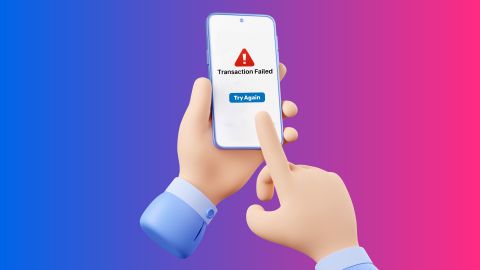What is an ATM card?
An ATM (Automated Teller Machine) card is a banking tool used primarily for cash withdrawals from ATMs. It is linked directly to a savings or current account, allowing users to access their funds without visiting a bank branch.
ATM cards are typically issued by banks and function with a Personal Identification Number (PIN) for security. They operate on banking networks like RuPay, Maestro, or Cirrus, but they do not support online transactions or purchases at retail stores. Users can only withdraw cash, check account balances, and perform fund transfers at ATMs.
Earlier, ATM cards were common, but with the rise of debit cards, their usage has declined. However, some banks still issue standalone ATM cards to customers who prefer limited functionality. For those looking for a card strictly for withdrawing cash, an ATM card serves the purpose well.
What is a debit card?
A debit card is a multi-functional payment card that offers more features than an ATM card. Below are its key aspects:Cash withdrawals – Works like an ATM card for withdrawing cash at ATMs.
Retail purchases – Can be used at physical stores via Point-of-Sale (POS) terminals.
Online transactions – Supports payments for e-commerce websites and mobile applications.
Bank account linkage – Directly linked to a savings or current account, deducting money in real-time.
Global usage – Functions internationally when issued under networks like Visa, MasterCard, or RuPay.
Security features – Includes PIN protection, chip-based authentication, and OTP verification.
Bajaj Finserv BBPS utility – Can be used for bill payments via platforms like Bajaj Finserv Bharat Bill Payment System (BBPS).
Key differences between ATM card and debit card
The primary distinction between an ATM card and a debit card lies in their functionalities. Below are the key differences:
Transaction scope – ATM cards are limited to ATM withdrawals, while debit cards support retail and online payments (UPI).Network compatibility – ATM cards work on banking networks (RuPay, Maestro), whereas debit cards function on international networks like Visa and MasterCard.
E-commerce usability – Debit cards allow online purchases, whereas ATM cards do not.
Contactless payments – Debit cards support tap-and-pay technology; ATM cards lack this feature.
Banking features – Debit cards offer bill payments via BBPS, whereas ATM cards are restricted to cash transactions.
ATM card vs debit card: Which one should you use?
The following table highlights when to use an ATM card versus a debit card:
| Feature | ATM card | Debit card |
| Cash withdrawals | Yes | Yes |
| Retail purchases | No | Yes |
| Online transactions | No | Yes |
| International use | Limited | Yes |
| Contactless payments | No | Yes |
| Bill payments | No | Yes (via BBPS) |
For those who need a basic cash withdrawal card, an ATM card suffices. However, a debit card offers broader financial flexibility, making it the preferred choice for most users.
Similarity between ATM and debit card
Despite their differences, ATM and debit cards share some similarities:| Similarity | Details |
| Linked to a bank account | Both are connected to a savings or current account. |
| Require a PIN | Transactions need a secure PIN for authentication. |
| Cash withdrawals | Both allow cash withdrawals from ATMs. |
| Bank-issued | Provided by banks as part of account services. |
| Physical card | Issued as a plastic card with a unique number and security features. |




